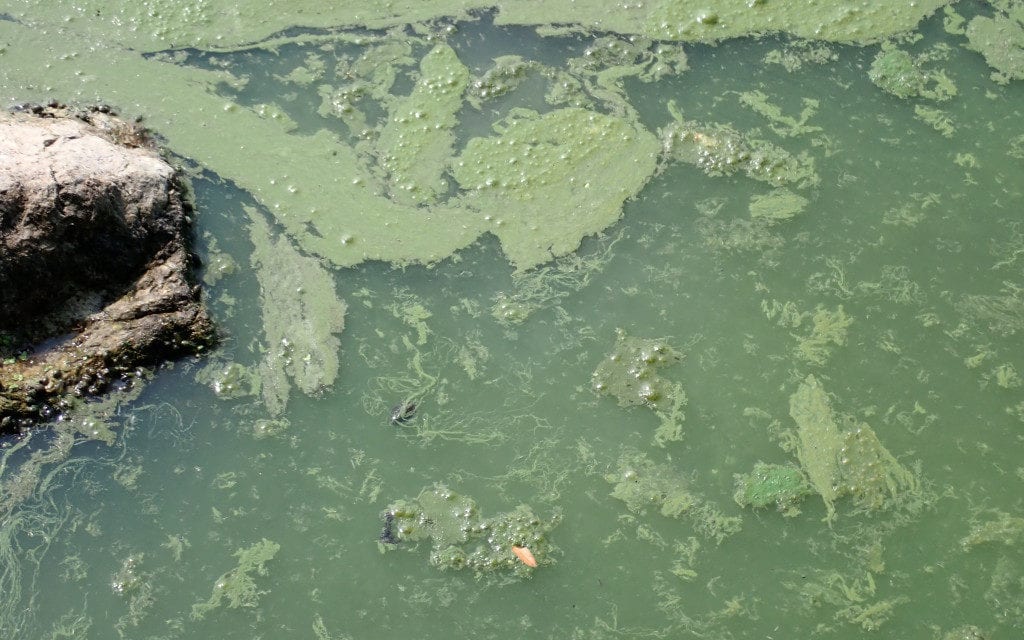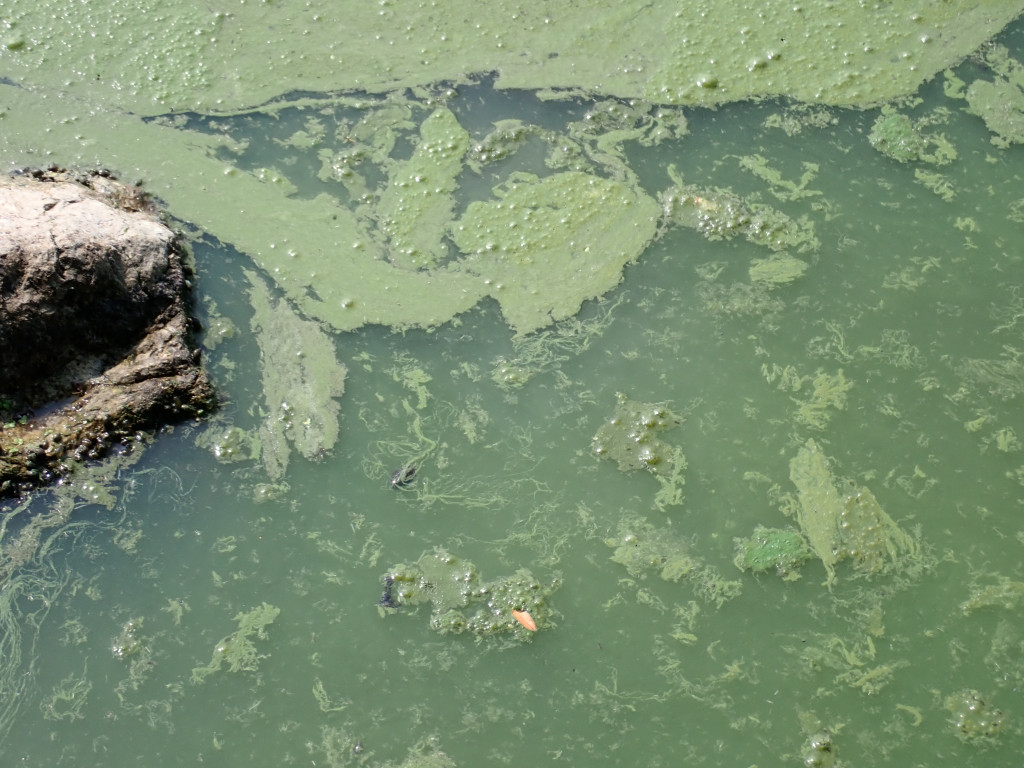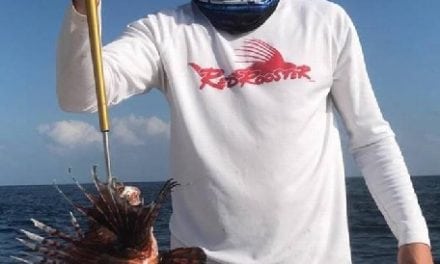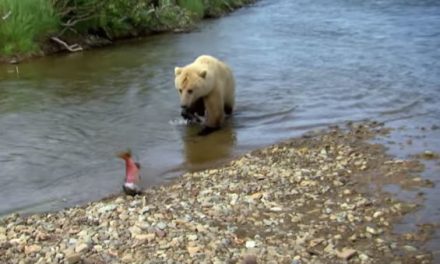It is mid-summer, it is hot, and that means primetime for bluegreen algae blooms. There is a lot of hysteria and misunderstanding about our waters and algae blooms. I originally wrote this blog over ten years ago. Let me dust it off, update some things and hopefully clear up some misconceptions. . . .
Bluegreen algae have become a phobia for some folks. If you are one of those, you better sit down because there is not a body of water in Nebraska that does not have bluegreen algae! You cannot go anywhere where bluegreen algae is absent. Bluegreen algae have been present in Nebraska waters literally forever. They will forever be present.
Bluegreen algae or cyanobacteria are one of the simplest “plants”. “Bluegreen algae” and “cyanobacteria” are two different names used to describe this same group of organisms. The cellular structure of bluegreen algae resembles bacteria except that these bacteria have chlorophyll. Do not think anything of the name “cyanobacteria”, it is just another name for bluegreen algae. The “cyano-” part of cyanobacteria refers to the bluegreen color (it has nothing to do with “cyanide”).
There are many species and types of algae. Different groups or families of algae will bloom throughout the year. Under certain conditions one type of algae will bloom and die-off. Then another type of algae will bloom and replace it. Cycles of algae blooms occur year around. There are algae blooms that even occur under the ice. Bluegreen algae are just one group, one family of algae that tend to dominate during the warmest months of the year. Depending on the body of water, you can see bluegreen algae blooms as soon as water temperatures begin to rise in late spring and early summer, but bluegreen algae blooms are more common in the middle of summer or late summer.
Blooms of bluegreen algae typically look like “pea‑green soup”, or they look like someone has spilled a can of John Deere‑green paint on the water. Some species of bluegreen algae may look like grass clippings floating on the water. If you see water that looks like that, typically along windblown shorelines where the algae is concentrated, avoid bodily contact and ingestion. Keep your pets out too.
In the entire family of bluegreen algae, there are some species that can produce toxins called microcystins. Those toxins are produced only under certain conditions. The microcystins are released by the bluegreen algae while they are alive; they do not have to die to release the toxins. However, microcystins can persist for some time, usually days, after the algae die.
Bluegreen algae thrive in fertile waters. Guess what? There is not a body of water in Nebraska that could be considered infertile (see Eutrophication). Bluegreen algae typically bloom and dominate when nutrient levels, particularly phosphorus, is elevated. Elevated levels of phosphorus are a particular problem in man-made waters with years of silt and sediment accumulation (nutrients are carried on those sediments). Housing developments around water bodies, fertilizers from lawns, and nutrients leaching from septic systems can also add nutrients to the aquatic ecosystem and eventually fuel bluegreen algae blooms.
A lot of factors can influence the formation of algae blooms. Blooms may form earlier or be worse in some years than others. Beside nutrient levels, water temperature and sunlight are factors that influence the formation of bluegreen algae blooms. The makeup of the fish community in a waterbody can even influence algae blooms. In most cases nobody knows exactly all the factors that trigger blooms. Predicting the timing, occurrence, or severity of bluegreen algae blooms from year to year can be nearly impossible.
Bluegreen algae blooms have been present in Nebraska waters forever. Nobody ever worried about them until a few years ago, because nobody tested for the bluegreen algae toxins. In recent years technology has made the tests easier and less expensive. In addition, a few years ago there were some pets that died in the vicinity of a private sandpit in Nebraska and testing done on those dead pets attributed their deaths to microcystins. Following that incident, Nebraska’s Department of Environment and Energy (NDEE) began testing waters around the state for microcystins. Testing is done weekly and you can see the results and any health alerts that have been issued here, NDEE Beach Watch. (There is a bunch of additional useful information on that website, look it over!)
When NDEE tests a waterbody, they test for the presence of microcystins. It would be senseless to test for bluegreen algae because bluegreen algae are everywhere and only certain species produce toxins under certain conditions. Bluegreen algae can be present without there being elevated levels of microcystins. Health alerts are issued when the levels of microcystins exceed action levels. NDEE does NOT take samples all over a body of water. Sampling is concentrated in areas of heavy use, especially swimming areas. The testing procedures and guidelines are very conservative to ensure public safety. For example, if the wind has been blowing for a few days into a swimming area where they collect samples for bluegreen algae toxins, they can find a high concentration in that area where the wind has “piled up” or concentrated bluegreen algae. At the same time, the upwind side of the same waterbody can have low concentrations of bluegreen algae and low concentrations of microcystins.
Action levels for health alerts have changed in recent years. When microcystin levels exceed 8 ppb, a health alert is issued by NDEE. The health alerts advise people and their pets to stay out of the water, to avoid bodily contact or ingestion of water. Activities such as swimming and water skiing would not be recommended, but activities such as fishing need not be curtailed. The bluegreen algae toxins do not persist in the flesh of fish, so even though there may be a bluegreen algae health alert, it does not mean you cannot consume fish from that body of water. Tests are done on waterbodies around the state every week. Health alerts are issued on a weekly basis and now last for only one week.
Bluegreen algae toxins do not directly cause fish kills. Extreme algae blooms can cause fish kills due to overnight oxygen sags, but microcystins do not kill fish. Algae blooms can be so thick that fish may be hard to catch in those areas or they may move to areas with clearer water, but the algae itself does not impact fish behavior (sorry guys, blaming your poor fishing on bluegreen algae blooms is probably just an excuse).
Be aware of what is out there and know how to react, but there is no need to panic.
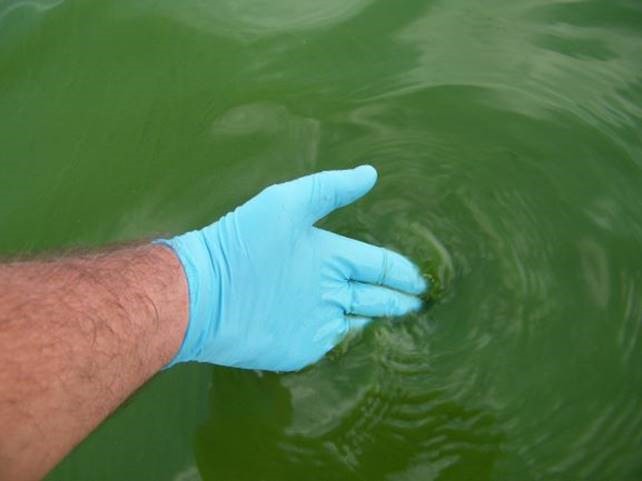
The post Bluegreen Algae appeared first on Nebraskaland Magazine.

